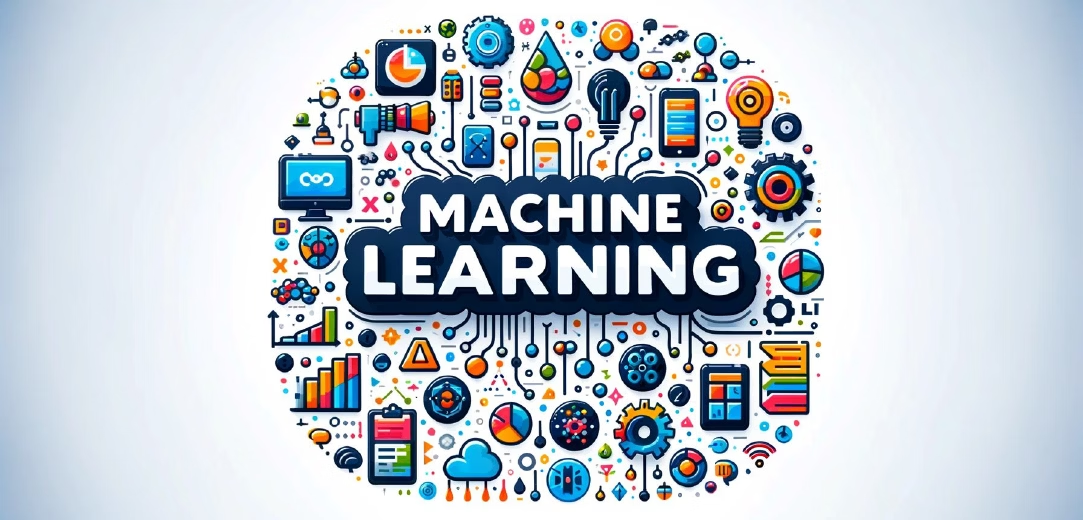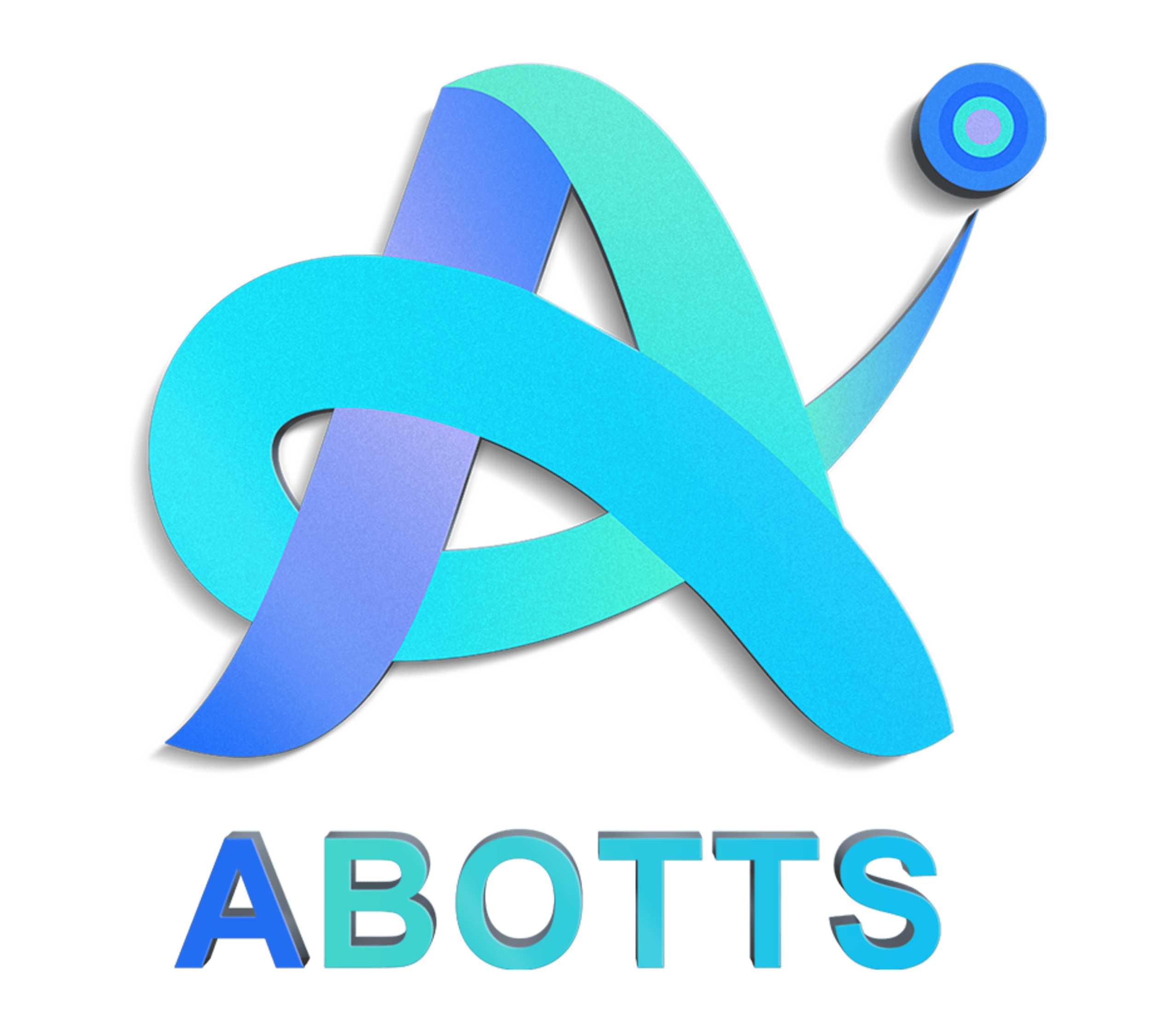Building a Robust Machine Learning Pipeline: From Raw Data to Deployment

In the world of machine learning, building a robust and efficient pipeline is crucial to transforming raw data into actionable insights. This blog post will guide you through the steps of a typical machine learning pipeline, using a detailed flow diagram to illustrate each stage, from data preprocessing to model deployment and evaluation.
Overview of the Machine Learning Pipeline
The pipeline illustrated in the flow diagram encompasses several critical stages: data collection, preprocessing, annotation, model training, deployment, and evaluation. Let's dive into each step to understand its importance and how it contributes to the overall machine learning workflow.
1. Raw Data Collection
Source: BigQuery
The process begins with the collection of raw data, which is stored in a data warehouse like BigQuery. This data serves as the foundation for the machine learning model. Ensuring the quality and relevance of this raw data is paramount, as it directly impacts the model’s performance.
Key Considerations:
- Data Quality: Ensure the raw data is accurate, complete, and consistent.
- Data Sources: Collect data from multiple sources to enrich the dataset.
- Storage: Use scalable storage solutions like BigQuery to handle large volumes of data efficiently.
2. Training Process Kickoff
The training process kicks off by initiating the preprocessing of the collected data. This step is essential to prepare the data for subsequent stages, ensuring it is clean, consistent, and in a suitable format for analysis.
Key Activities:
- Data Assessment: Evaluate the initial quality and structure of the raw data.
- Define Objectives: Set clear goals for the preprocessing phase to align with the model’s requirements.
3. Data Preprocessing
Pre-processing:
Data preprocessing involves various tasks such as handling missing values, normalization, scaling, and encoding categorical variables. These steps are crucial to ensure the data is in the best possible shape for the annotation and modeling stages.
Key Steps:
- Data Cleaning: Remove or correct errors and inconsistencies in the data.
- Handling Missing Values: Impute or remove missing data points to prevent bias.
- Normalization and Scaling: Adjust the data to a common scale without distorting differences in the ranges of values.
- Encoding Categorical Variables: Convert categorical data into numerical values that can be used by machine learning algorithms.
4. Data Annotation
Tools: Annotating Tool, Manual Annotation
In this stage, data is annotated to add meaningful labels or tags. This can be done using automated tools or manually, depending on the complexity and nature of the data. Annotation is vital for supervised learning tasks, where labeled data is required to train the model.
Key Activities:
- Automated Annotation: Use tools to automatically label data based on predefined criteria.
- Manual Annotation: Manually label data when automated tools are insufficient or require validation.
- Quality Assurance: Regularly check the accuracy and consistency of annotations.
5. Post Annotation Tasks
Once the data is annotated, post-annotation tasks are performed to further refine and prepare the data for training. This includes additional cleaning, transforming, and organizing the data. Crucially, this stage also involves splitting the data into training and testing datasets to enable robust model evaluation.
Key Steps:
- Data Refinement: Perform additional cleaning and transformation based on annotation results.
- Data Splitting: Divide the annotated data into training and testing sets to evaluate model performance effectively.
- Storage: Save the processed and split data back into a centralized storage solution like BigQuery.
6. Processed Data Storage
Source: BigQuery
The processed and annotated data is then stored back in BigQuery. This centralized storage ensures that the data is readily accessible for the next stages of the pipeline.
Key Considerations:
- Accessibility: Ensure the processed data is easily accessible for querying and analysis.
- Security: Implement robust security measures to protect sensitive data.
- Scalability: Use scalable storage solutions to handle growing volumes of data.
7. Data Querying and Formatting
The next step involves querying the processed data to extract training and testing datasets. These datasets are formatted into JSON files, making them suitable for model training and evaluation.
Key Activities:
- Data Extraction: Query the processed data to obtain relevant training and testing datasets.
- Data Formatting: Convert the extracted data into JSON format to facilitate seamless integration with machine learning tools.
8. Model Training
Tools: MLflow, Cloud Storage
With the data prepared and formatted, the model training process begins. The training data is fed into machine learning algorithms to develop predictive models. The trained model is then stored in cloud storage for easy access and deployment.
Key Steps:
- Algorithm Selection: Choose appropriate machine learning algorithms based on the problem domain and data characteristics.
- Model Training: Train the model using the training dataset and tune hyperparameters to optimize performance.
- Model Storage: Save the trained model in a secure and accessible cloud storage solution.
9. Model Deployment
Tools: Google Kubernetes Engine
Once the model is trained, it needs to be deployed into a production environment where it can make predictions on new data. Google Kubernetes Engine (GKE) is used to deploy the model, ensuring scalability and reliability.
Key Activities:
- Containerization: Package the trained model and its dependencies into a container for easy deployment.
- Deployment: Deploy the containerized model to GKE, ensuring it is accessible for real-time predictions.
- Monitoring: Implement monitoring tools to track the model’s performance and detect any issues.
10. Model Evaluation
Tools: MLflow
The final step in the pipeline is model evaluation. This involves assessing the model’s performance using various metrics to ensure it meets the desired accuracy and efficiency. Continuous monitoring and evaluation are essential to maintain the model’s performance over time.
Key Steps:
- Evaluation Metrics: Use metrics such as accuracy, precision, recall, and F1 score to evaluate model performance.
- Continuous Monitoring: Continuously monitor the model’s performance in production and retrain it as necessary.
- Feedback Loop: Implement a feedback loop to incorporate new data and improve the model over time.
Conclusion:
Building a machine learning pipeline involves multiple interconnected steps, each playing a crucial role in transforming raw data into actionable insights. By following a structured approach, as illustrated in the flow diagram, data scientists and engineers can ensure their models are accurate, scalable, and efficient.
This pipeline not only streamlines the workflow but also facilitates collaboration, scalability, and continuous improvement. As machine learning continues to evolve, having a robust pipeline will be essential for leveraging its full potential across various industries.

 Upworks Inc partners with ABOTTS to build their Oracle Cloud Infrastructure (OCI) and migrate their custom applications to OCI.
Upworks Inc partners with ABOTTS to build their Oracle Cloud Infrastructure (OCI) and migrate their custom applications to OCI.
 QuinStreet partners with Abotts to archive and manage their IT systems on Oracle cloud (OCI).
QuinStreet partners with Abotts to archive and manage their IT systems on Oracle cloud (OCI).
 Abotts Inc Partners with Gnorth consulting to deploy exadata and ODA for a large public sector customer.
Abotts Inc Partners with Gnorth consulting to deploy exadata and ODA for a large public sector customer.